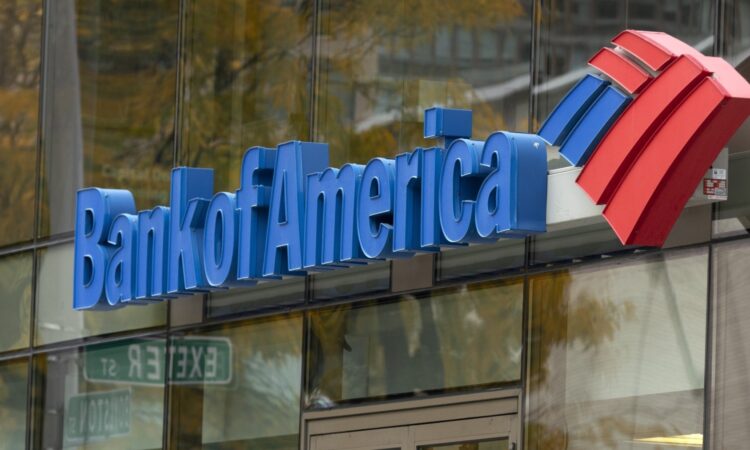They are two of the largest banks in the US. Surprisingly announced that they will close (and there may be more banks)

Recently, two of the largest banks in the United States announced they would close in the United States. Besides Wells Fargo and Bank of America, the other three major banks that informed the media about future closures were PNC, Citizens, and Santander. All of them will close 31 branches in just one week. This news is part of a national trend that is seeing bank branches close as more people turn to online banking.
Among the 31 branch closures, Wells Fargo and PNC account for more than half. Both banks announced plans to close eight branches in Alabama, Florida, Indiana, Michigan, Pennsylvania, Texas, California, Connecticut, North Dakota, and New Jersey.
Several banks, including Bank of America, Santander, Chase, Citizens, KeyBank, and Legacy, have also declared that they will close their branches in February. Chase is perhaps the only bank that has defied the trend in recent years, opening more branches than closing them.
Bank branch closures across the US
This year, banks closed branches more quickly in the Midwest and California than anywhere else. This is because banks are continuing to close their expensive physical locations, which is depriving more and more Americans of access to basic financial services.
According to data from their regulator, the Office of the Comptroller of the Currency (OCC), dozens of banks filed notices to close a total of 1,566 branches between January 1 and December 22. In contrast, the OCC reported that banks were only planning to open 472 branches.
California had the most net closures, losing an average of 300 branches. The Seattle area also lost more than a dozen branches while adding only two. However, the Midwest may have seen the greatest bank withdrawals from certain areas. Over the year, Michigan lost thirty-six branches but gained none. Illinois gained 18 branches while losing 60. The only state without a single branch loss all year was West Virginia.
Most Americans are concerned about the widespread bank branch closures, which have led to elderly citizens having to drive further to find their banks, which is inconvenient and wastes gas. It seems like the United States is becoming a banking desert.
Online banking trends
According to Amy Amirault, a Wells Fargo spokesperson, the bank is changing along with its clients. Their branches will adapt to changing consumer preferences and transaction trends, but she also highlighted that the bank might open new branches by combining two older, existing branches into one that has a better location.
The banking industry is undergoing a significant transformation, with several key trends shaping its online future:
- Meeting tailored needs: banks are working to provide personalized experiences that are tailored to the needs of each customer, which could include using data analytics to recommend financial products, provide budgeting tools, or provide personalized financial guidance.
- The power of machine learning: Artificial intelligence (AI)-driven chatbots and virtual assistants are being used to manage routine requests, respond to queries, and even help with basic transactions. Moreover, with the constant innovation and development of machine learning algorithms, factors such as fraud detection, experience personalization, and task automation in banking have been easily achieved.
- User-friendly banking experience: banks are giving priority to user-friendly mobile apps that provide a variety of features, such as bill payment, fund transfers, mobile deposits, and investment management, as they recognize the growing importance of mobile devices.
- Stricter security measures: strong security measures are essential as online banking becomes more common. To protect user data and prevent cyberattacks, banks are constantly implementing cutting-edge security measures like biometric identification and multi-factor authentication.
- Expanding the use of contactless payments: contactless payment methods like mobile wallets and digital tokens are gaining traction, offering a secure and convenient way to pay for goods and services. In addition, banks have been actively promoting these technologies by integrating them into their mobile banking apps.





